I am trying to do some dynamic template matching with cv2.matchTemplate. The template is:

and the image I am matching it to is:

I am adjusting the size and angle of the template and then grabbing maxVal and maxLoc from cv2.matchTemplate and storing them in a dict with maxVal as the keys. I'm then grabbing max(data.keys()) as the "best" match from result = cv2.matchTemplate(image, resized_template, cv2.TM_CCORR_NORMED). When I loop through all of the keys and plot them on the image, there are some that find the mickey head much better than max(data.keys()).
This is the region for "best" match:
#Find best match from scores
best_match = max(scores.keys())
#Output image
image_copy = color_image.copy()
#Create rectangle around best match
cv2.rectangle(image_copy, (data[best_match][1][0], data[best_match][1][1]), (data[best_match][1][0] + data[best_match][0][0], data[best_match][1][1] + data[best_match][0][1]), (255, 255, 255), 2)
plt.imshow(image_copy)
But this region appears to locate it much more accurately:
image_copy = color_image.copy()
for n in list(data.keys())[69:70:1]:
#Create rectangle around best match
cv2.rectangle(image_copy, (data[n][1][0], data[n][1][1]), (data[n][1][0] + data[n][0][0], data[n][1][1] + data[n][0][1]), (255, 255, 255), 2)
cv2.imwrite('output_1.jpg', image_copy)
plt.imshow(image_copy)
Am I miss interpreting what the maxVal from cv2.matchTemplate actually represents? If so, how can I select the actual "best" region based on some value or criteria? Here's the full code:
#Import packages
import numpy as np
import matplotlib.pyplot as plt
import cv2
import imutils
import os
#Import template
template = cv2.imread(templates_dir + '\\' + os.listdir(templates_dir)[3])
gray_template = cv2.cvtColor(template, cv2.COLOR_RGB2GRAY)
#Import image
image = cv2.imread(images_dir + '\\' + os.listdir(images_dir)[5])
color_image = cv2.cvtColor(image, cv2.COLOR_BGR2RGB)
gray_image = cv2.cvtColor(image, cv2.COLOR_RGB2GRAY)
#Image dims
image_h = image.shape[1]
image_w = image.shape[0]
#Processing loop scaling the template
#Scores dict
scores = {}
#Data dict of structure (maxVal: (template dims, locs, angle))
data = {}
#Edge images
template = cv2.Canny(gray_template, 80, 200)
image = cv2.Canny(gray_image, 80, 200)
#Loop through different template scales
for scale in np.linspace(0.2, 1.5, 15):
#Loop through different template rotations
for angle in np.linspace(0, 360, 25)[:-1]:
#Rotate template
template_rotated = imutils.rotate(template, angle)
#Resize template
resized_template = imutils.resize(template_rotated, width = int(template_rotated.shape[0] * scale))
#Dims of resized template
template_h = resized_template.shape[1]
template_w = resized_template.shape[0]
#Break from loop if the template becomes bigger than the image
if template_h > image_h or template_w > image_w:
break
#Run template through image
result = cv2.matchTemplate(image, resized_template, cv2.TM_CCORR_NORMED)
#Get matching score and location
(_, maxVal, _, maxLoc) = cv2.minMaxLoc(result)
#Add correlation value and result to scores
scores[str(maxVal)] = result
#Add info to data
data[str(maxVal)] = ((template_h, template_w), (maxLoc[0], maxLoc[1]), angle)
#Find best match from scores
best_match = max(scores.keys())
#Output image
image_copy = color_image.copy()
#Create rectangle around best match
cv2.rectangle(image_copy, (data[best_match][1][0], data[best_match][1][1]), (data[best_match][1][0] + data[best_match][0][0], data[best_match][1][1] + data[best_match][0][1]), (0, 0, 255), 2)
plt.imshow(image_copy)

